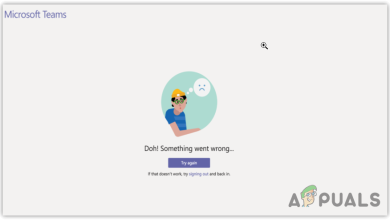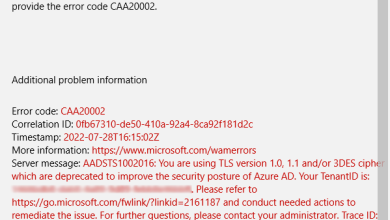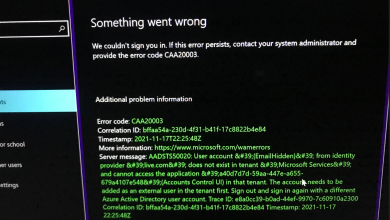Fix: “ERR! Could Not Determine Executable to Run” Error in NPM
The “ERR! Could not determine executable to run” error message in NPM is encountered when the package manager fails to find the executable script required. This predicament typically arises while utilizing the NPX command to initiate a project or activate a certain library.
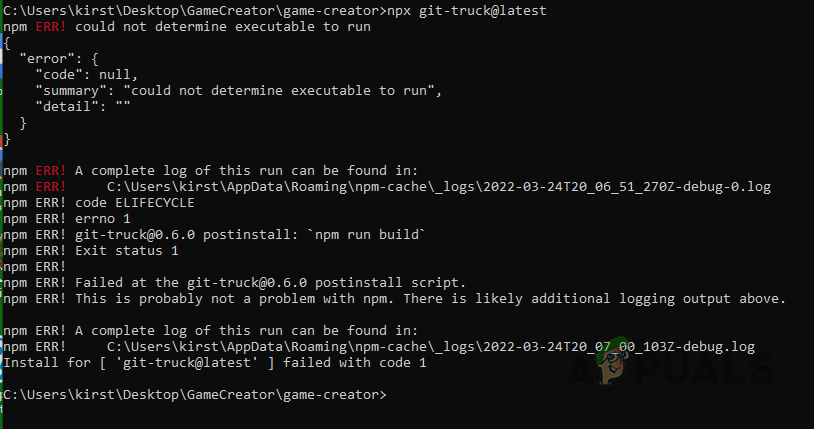
This error can often be remedied by installing any absent dependencies or resolving conflicts within your project. This guide will walk you through various methods to tackle this issue.
1. Install Missing Dependencies
Upon encountering the NPM ERR message, your first action should be to install any missing dependencies in your project. This approach aims to rectify any absent executables essential for executing the troublesome command.
- Open File Explorer and navigate to the project directory.
- Proceed to delete the node_modules folder present in the project’s root directory.
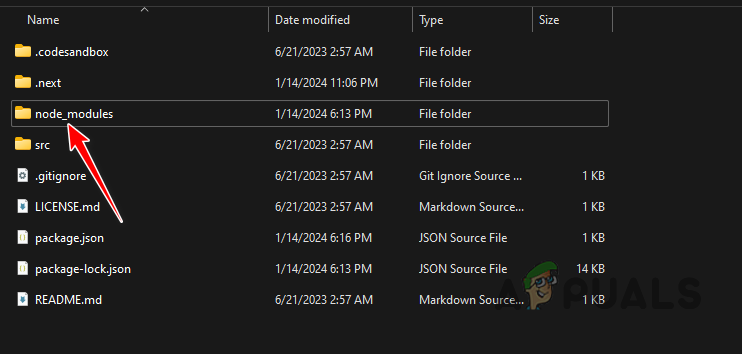
Deleting Node_Modules Folder - Next, open a terminal window within the project’s root directory.
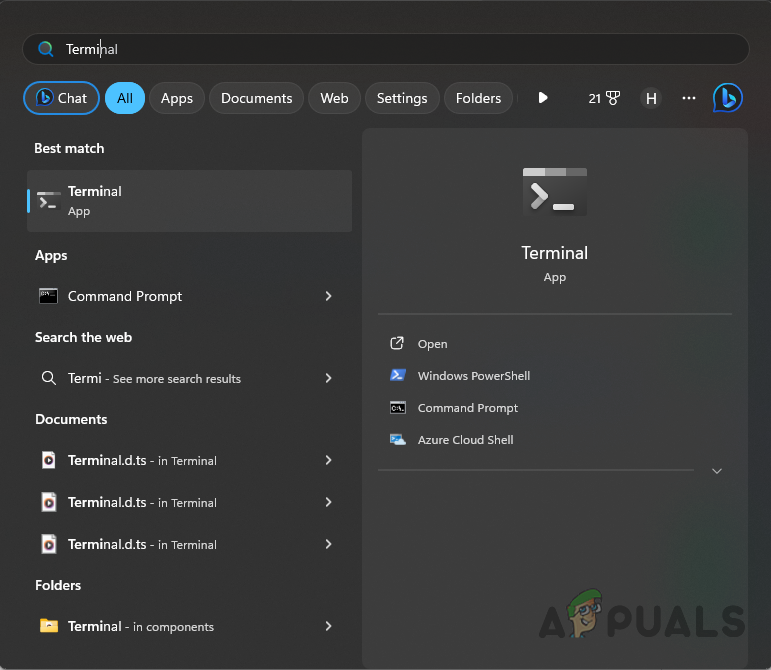
Opening a Terminal Window - Utilize the npm install command to reinstall the project’s dependencies.

Running NPM Install - Wait for the process to finish and check if the error message is resolved.
2. Remove Git Hooks
Git employs hooks that execute on specific events within a Git repository. These hooks can cause the NPM executable error due to conflicts or inconsistencies, especially when using packages like Husky that provide their own hooks.
To address this, consider removing the hooks folder from within the .git directory, opting to back it up in a different location rather than deleting it outright.
- Begin by opening a terminal window on your computer.

Opening a Terminal Window - Navigate to the project directory using the cd command.
- To address the issue, execute the following command within the project directory:
rm -rf .git/hooks npm install
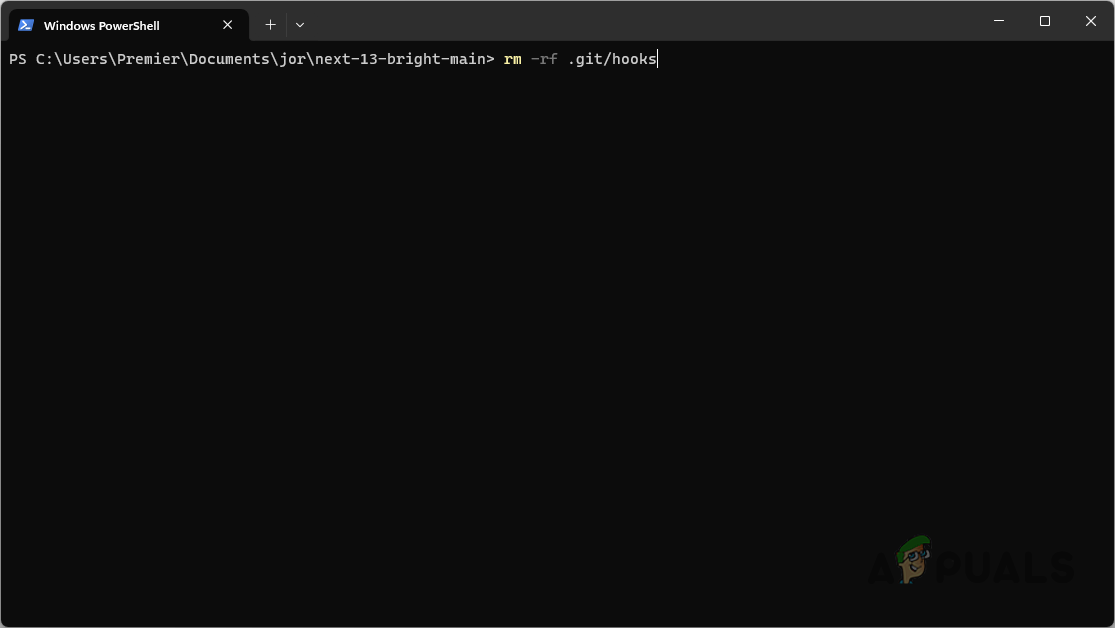
Deleting Git Hooks - Alternatively, consider moving the hooks folder to a separate location rather than deleting it, using the move (mv) command.
mv .git/hooks TARGET_LOCATION
3. Double-check NPX Command
An error can also stem from an incorrect command input. This occurs when NPX fails to locate the script corresponding to the command entered, resulting in failure.
Therefore, it is advisable to meticulously verify your command input for typos. A common error involves mistaking dashes (-) for spaces in the command.
For instance, the command to create a Next.js project
npx create next-app@latest PROJECT_NAME
is incorrect, leading to the aforementioned error. The correct command should be:
npx create-next-app@latest PROJECT_NAME
Proceed to the next method if the command is verified to be correct.
4. Switch to Root Directory
Executing the command from an incorrect directory constitutes another common issue. It’s crucial to execute NPM commands from the project’s root directory to allow the package manager to accurately find the necessary executable files.
5. Check Project Dependencies
The NPM command may also fail if the package.json file includes incorrectly defined dependencies, possibly due to typos in manually declared project dependencies.
It’s necessary to scrutinize the dependency list in your package.json file to verify accuracy. Ensure the dependency names are correctly entered, paying attention to common errors such as typing babel-node instead of babel/node.
As dependency specifications vary, you will need to rely on your judgment. Once the dependencies list has been verified for accuracy, proceed to the next method.
6. Upgrade Problematic Package
Occasionally, the error may arise from using an outdated version of a dependency. In such instances, the error log will typically identify the problematic package, simplifying troubleshooting.
In these cases, upgrading to the latest version of the identified package can often resolve the issue.
- Open a terminal window and navigate to the project directory.

Opening a Terminal Window - Update the problematic package to the latest version with the command:
npm install X@latest

Upgrading Problematic Package - Substitute X with the name of the package causing the issue.
These solutions should help you overcome the error message in most scenarios. Should your situation remain unchanged, consider seeking advice on Stackoverflow for further assistance.
